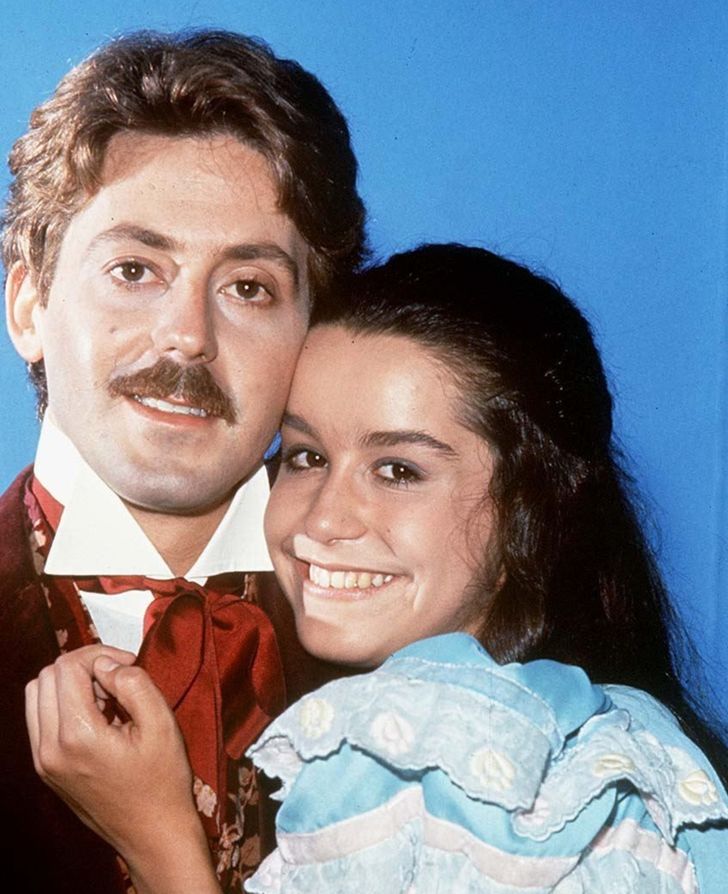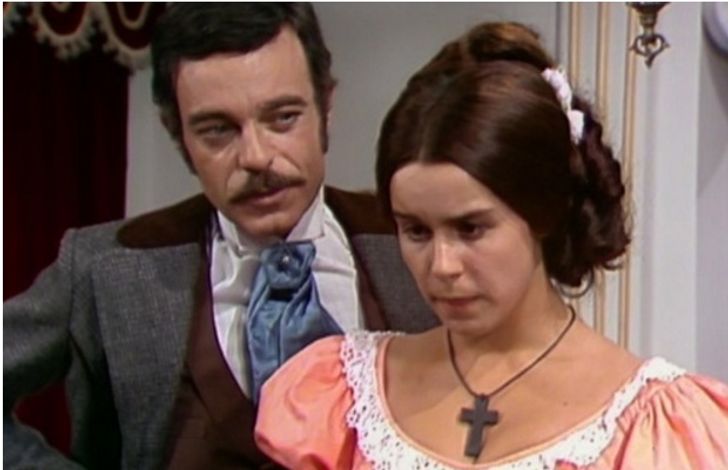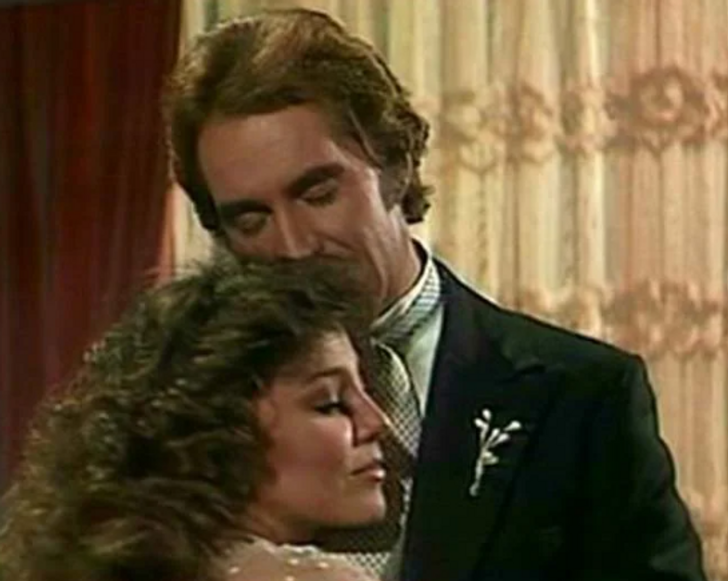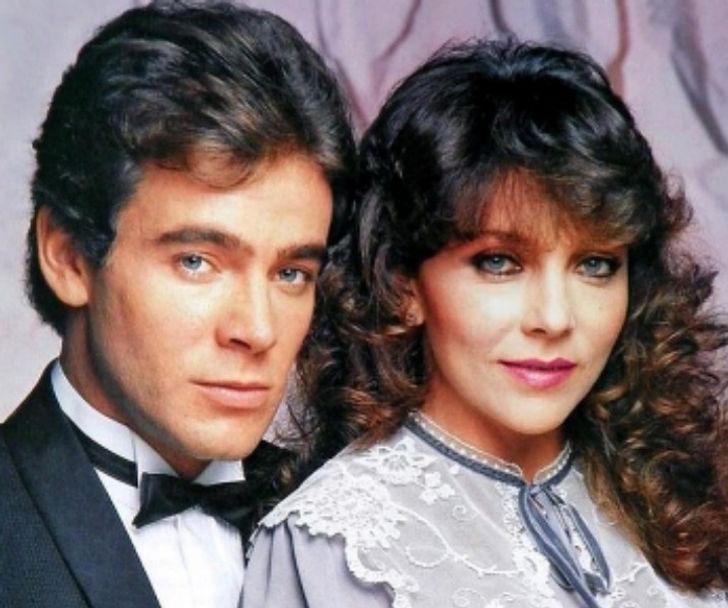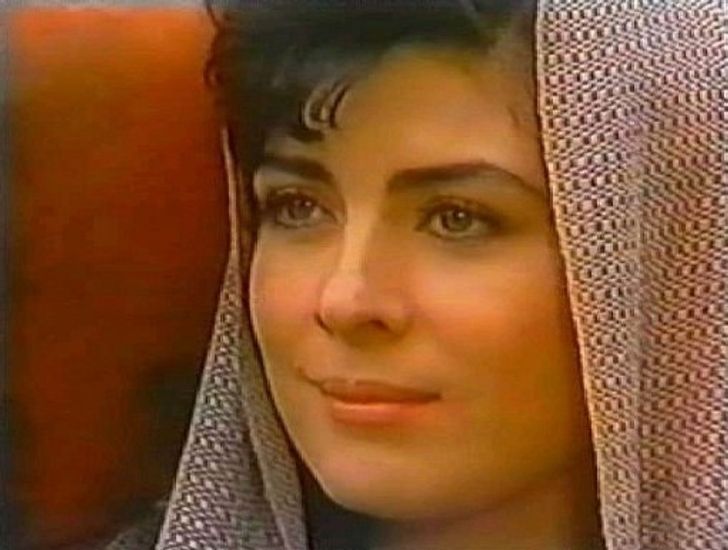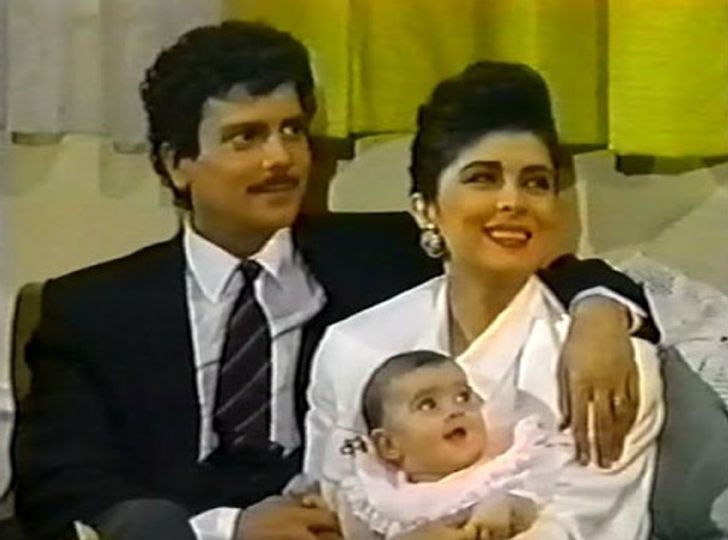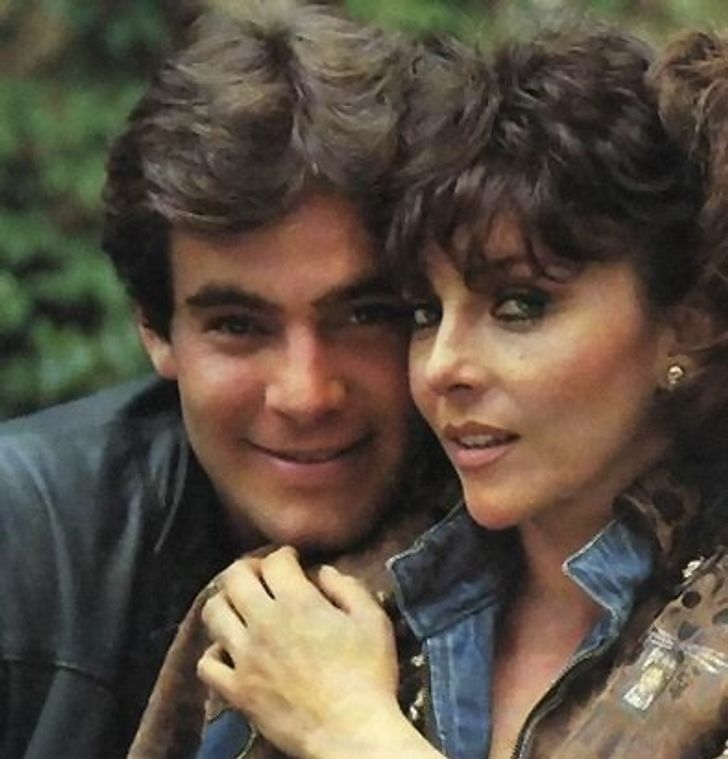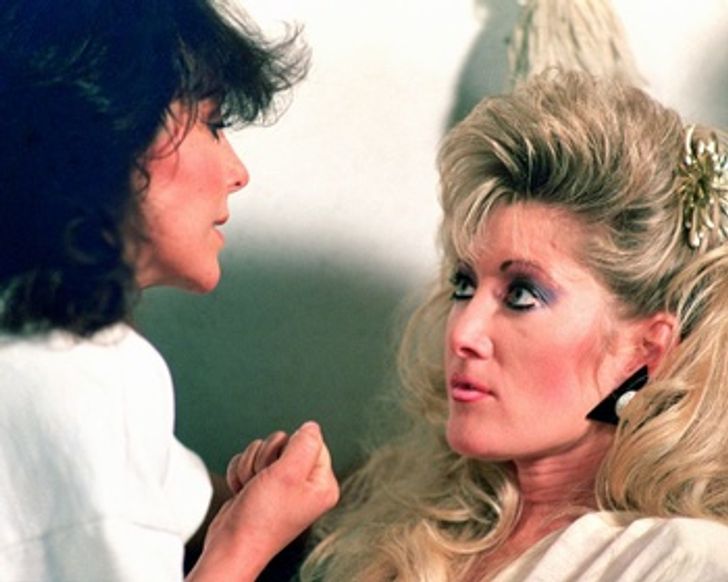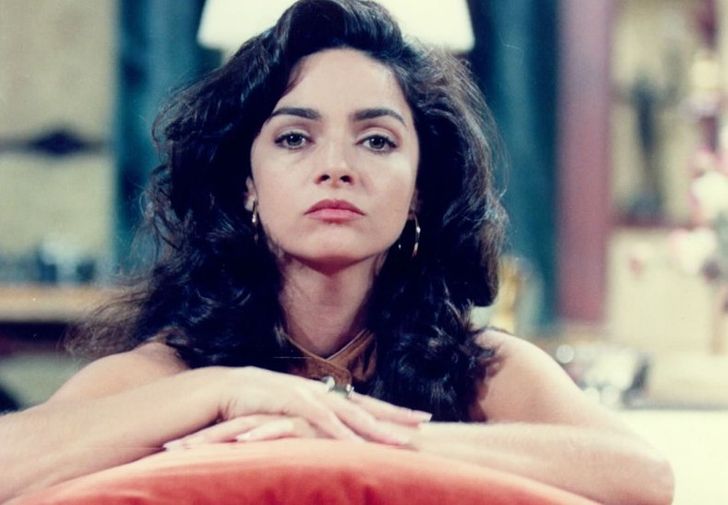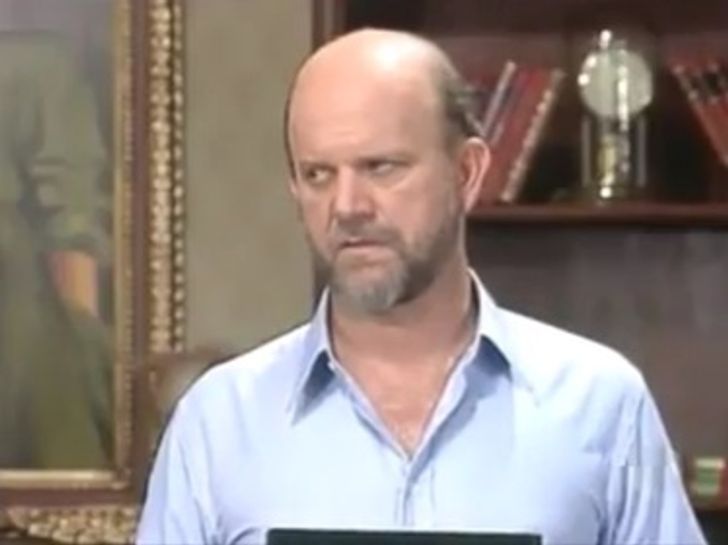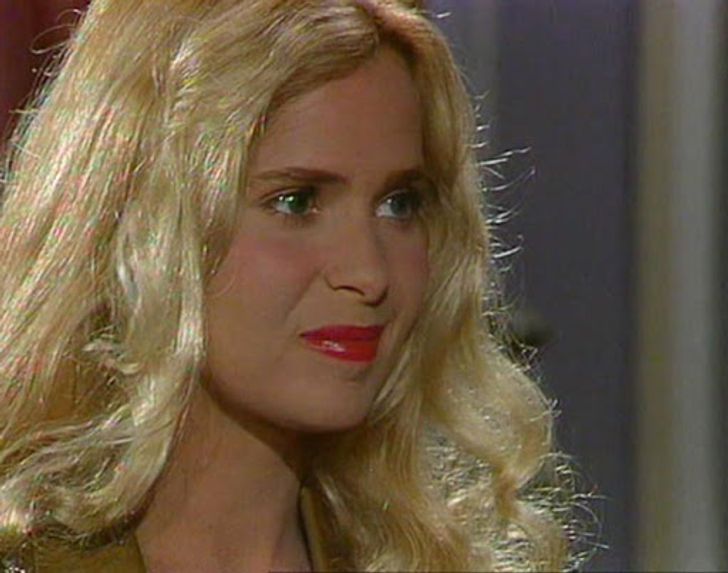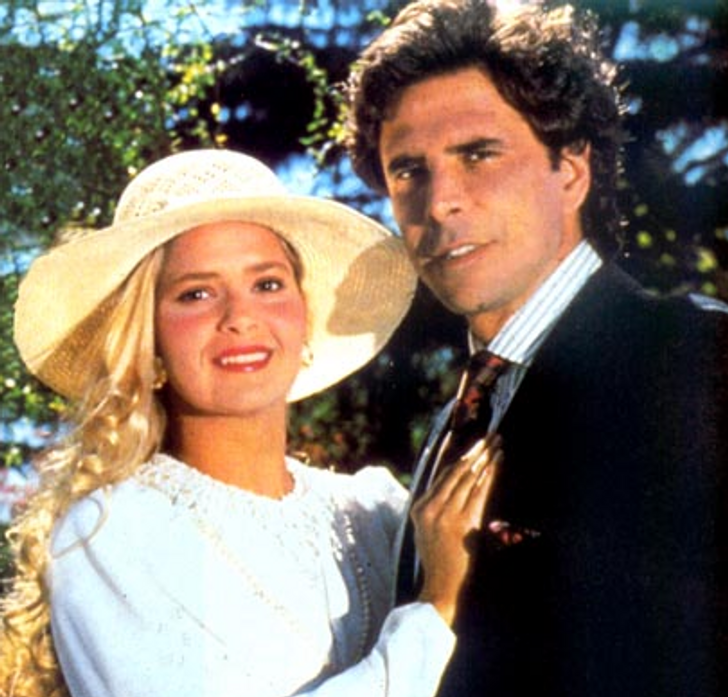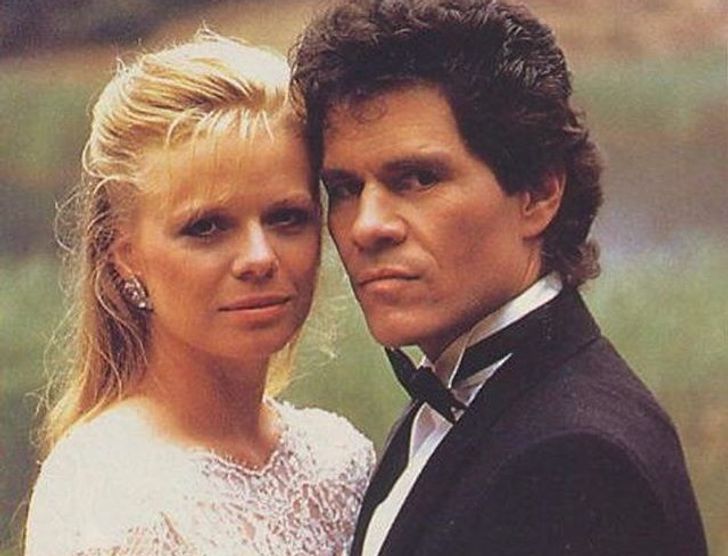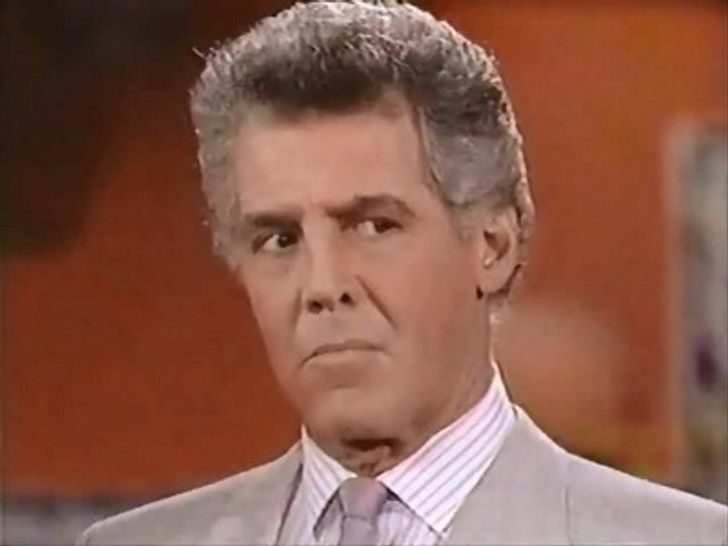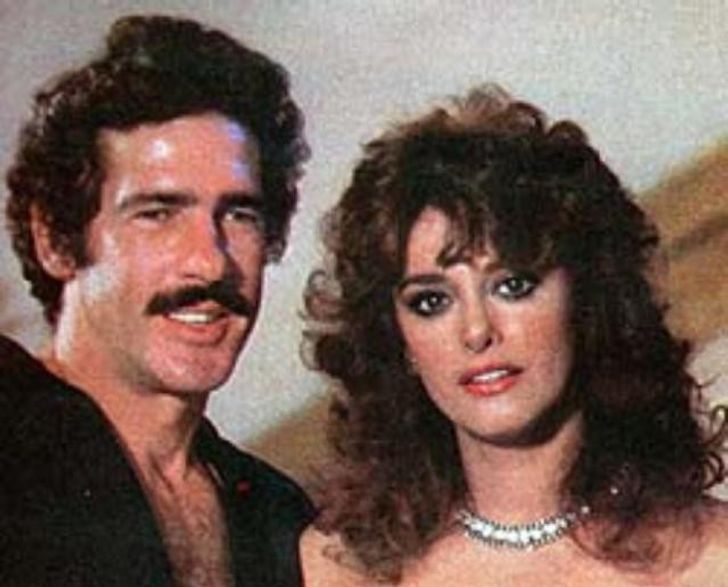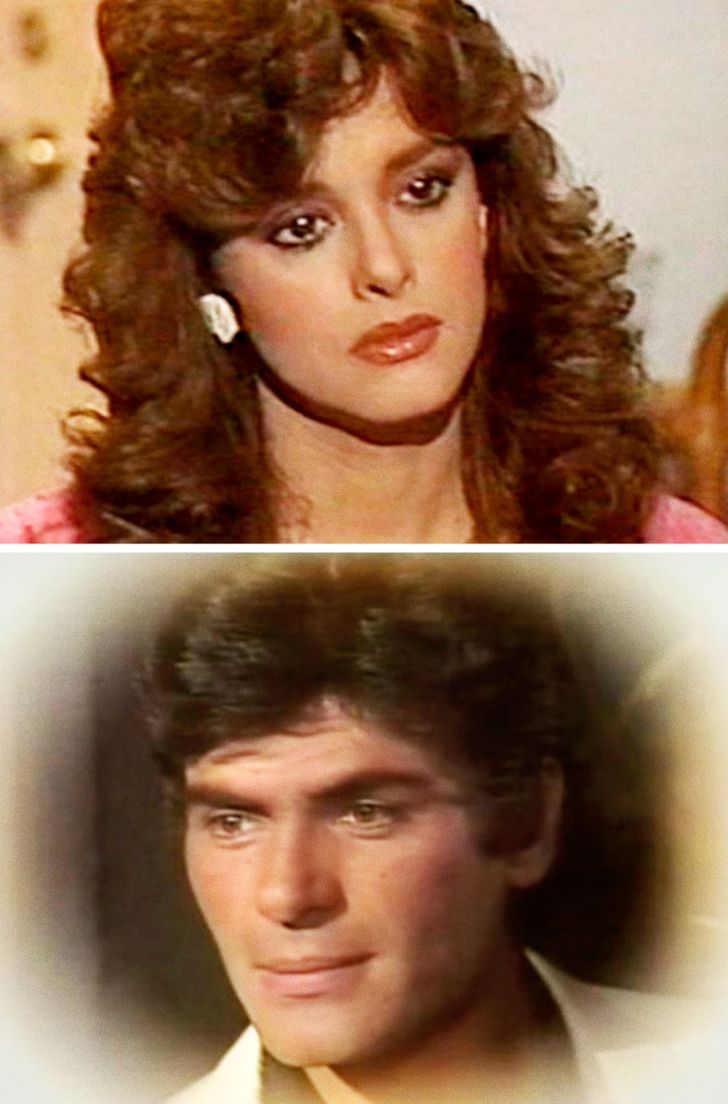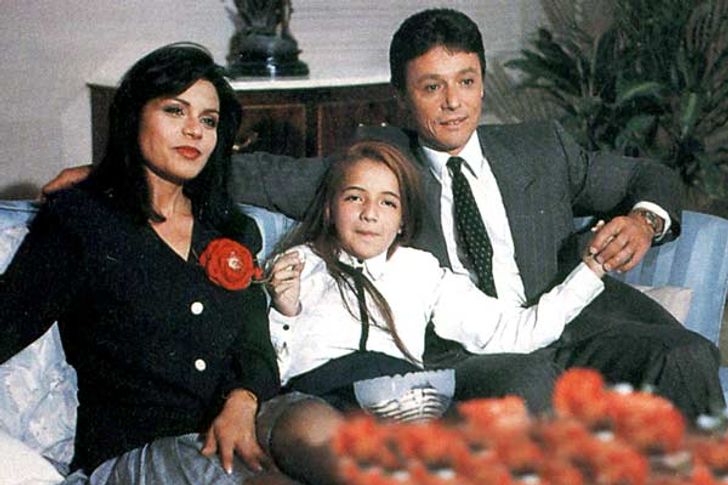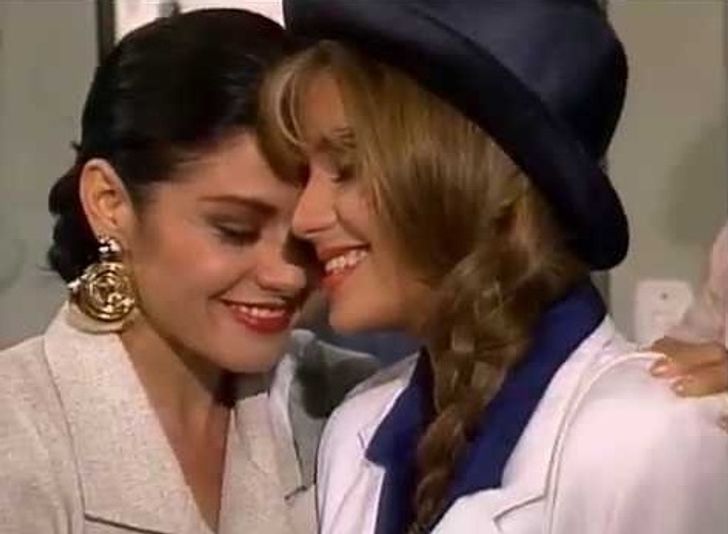Right now in India we are witnessing the most melodramatic soap operas
30+ Facts About Soap Operas That Made Everyone Stop and Cry in Front of Their TV
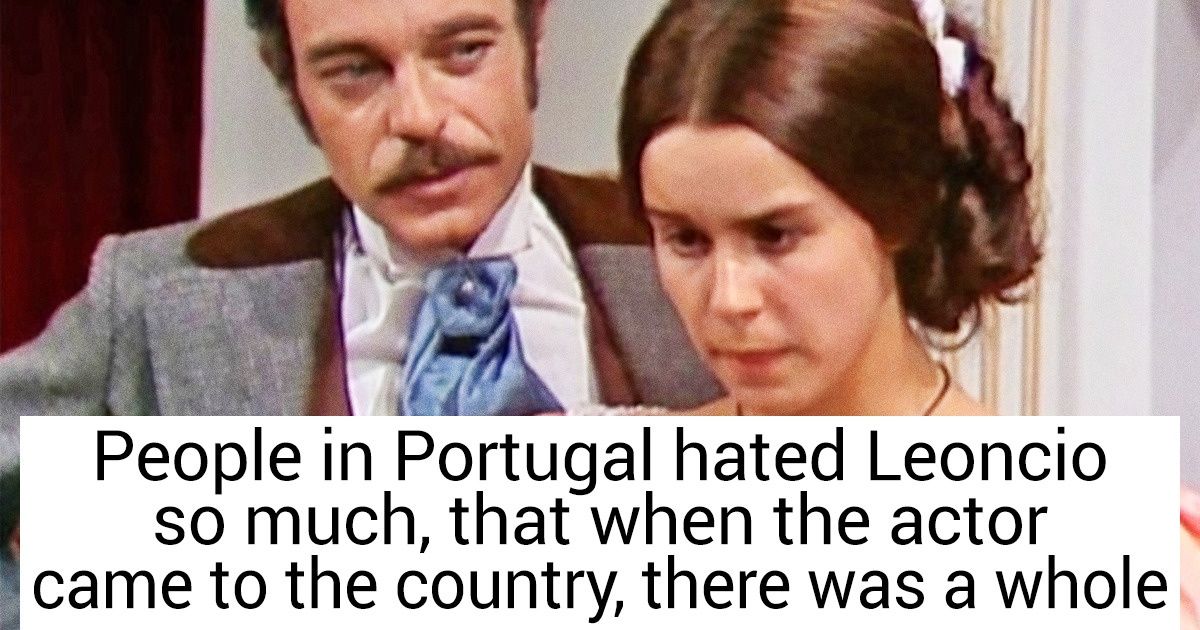
The television of the ’80s and the ’90s is impossible to imagine without the many popular TV series of the time. This time is often called “the era of soap operas.” Adults would stop doing whatever they were busy with in order not to miss out on the precious episodes of their favorite series and children would get upset if they missed an episode because then they couldn’t discuss it with their classmates.
We at Bright Side wanted to remember the most popular soap operas that were real hits at the time and we also wanted to find out the most interesting facts about them. In the bonus, we’ll tell you how TV series influenced real life.
1. Isaura: Slave Girl, Brazil, 1976
-
The novel by Bernardo Guimarães, that the series is based on, was actually published back in 1875 and turned into the series more than 100 years later. It was one of the first series that started the soap opera era.
-
The series was really shot on a fazenda (an estate or large farm) but it was old and abandoned. There were no utilities, not even bathrooms. The actors had to change clothes on buses. The man who played Leoncio, actor Rubens de Falco, was the only famous actor. His colleagues shocked him and he didn’t believe that the project would be successful.
-
In 2004, they made a remake of the series in Brazil and some actors from the original show appeared in the new story. For example, Rubens de Falco appeared in the role of Leoncio’s father.
-
This is one of the few shows where the bad guy (Leoncio) was far more popular among the viewers, that the good guy (Alvaro). But in Portugal, everyone hated Leoncio so much that when the actor came to the country, there was a whole demonstration against him.
2. The Rich Cry Too, Mexico, 1979
-
Actor Guillermo Capetillo, who played the son of the main character Beto, was just 6 years younger than Verónica Castro. This is why it’s not surprising that they were lovers in Wild Rose.
3. Simply María, Mexico, 1989
-
This series, about a poor seamstress that becomes a successful and rich businesswoman, is actually the fifth remake of the Peruvian telenovela Simply Maria. But it was this version that became the best and the most well-known.
-
In Mexico, the series was some sort of a feminist breakthrough: it showed women that they could achieve anything by themselves, without a man helping them. Even if you were seduced and abandoned, there was no reason to be depressed, and being a single mother is not shameful.
-
The series made Victoria Ruffo (the actress in the main role) famous. Even now, 30 years after the series aired, the actress is still popular. And her fans think that now she looks younger than when she had makeup on to make her look like she was older than 40.
4. Wild Rose, Mexico, 1987
-
The series was criticized because 35-year-old Verónica Castro was portraying an 18-year-old girl. But her character still looked cute and naive.
- The bright appearance and convincing acting of Laura Zapata, who portrayed the main antagonist, got her the award for Best Antagonist. However, she never managed to get out from under this character — after this, directors would only ever offer her roles that portrayed negative characters.
- Felicia Mercado is one of the reasons why Verónica and the father of her second son broke up. Even though Castro never specifically mentioned it in public, the rivals in the series were also rivals in real life. Once, the actresses had a serious fight on the set. In the part where Rosa makes a big scene in a restaurant, Verónica finds her husband with Leonela and starts to fight Felicia instead of just yelling at her. She tore her dress. It wasn’t in the script, but they decided to keep the scene.
- The image of Rosa inspired directors and actresses of other series. So many similar characters were based on her, like for example, the many character features of Milagros from Wild Angel.
5. Sand Women, Brazil, 1993
-
The story of 2 twin sisters, Ruth and Rachel, that are complete opposites of each other, became a hit thanks to talented actress, Glória Pires. She received 2 prestigious awards, not just for portraying twins, but also for being able to show situations where the sisters pretended to be each other in a convincing manner. So, she kind of played 4 different characters. Glória is still one of the most popular Brazilian actresses.
-
It is interesting that the main male character, portrayed by Guilherme Fontes, was not as loved by the audience as the secondary character, Tonho da Lua, portrayed by Marcos Frota. Marcos never thought that his acting career was the most important thing in his life. He was actually a professional circus showman.
6. The Next Victim, Brazil, 1995
-
This series was very different from all the others at the time. It was a thriller/detective series where you don’t get the answer to the mystery until the very end. The opening titles of the show would present individuals whose faces were changed through special effects and some members of the cast and the image of a target appearing on their faces, ending with a gunshot. The last face that was presented there, was also the last victim to get killed.
-
In order to avoid any leaks, the shooting process was organized so that every actor had access to only a small part of the novella. The final scene was shot just hours before going on air.
-
The series talked about many serious topics that other soap operas never touched on. Aside from cheating and love between people of different ages, the show talked about homosexuality and prostitution.
-
In the original version, the murderer was different from the version made for an international audience. The producers did this because many countries wanted to broadcast the series, but they thought that the finale wasn’t good enough.
Adalberto was the murderer in the original version.
7. Manuela, Argentina, 1991
-
Actress Grecia Colmenares became famous worldwide thanks to this series and it was the first project where she had 2 roles.
-
The song “Manuela” was performed by Julio Iglesias for Argentina.
8. Santa Barbara, USA, 1984
-
Santa Barbara was believed to be the longest running series with 2,137 episodes. But in fact, there is a series that is far longer, called Guiding Light, with 18,262 episodes.
-
In the beginning, the series had low ratings and it was boring for a lot of people. Then, the writers started to add natural disasters, murders, and some dark humor.
-
The series had a young Leonardo DiCaprio in it. He portrayed the young Mason Capwell.
-
One of the main characters of the series, C.C. Capwell, was in a coma for more than 200 episodes.
-
Some of the actors returned to the series several times and played different characters.
-
The role of C.C. Capwell was played by 6 actors, but viewers liked Jed Allan the most.
9. You or No One, Mexico, 1985
-
According to a Mexican magazine, Lucía Méndez was the most beautiful face of the year (in 1970) and this title opened the doors into the world of the motion picture industry for her.
-
A participant of the love triangle and the main manipulator of the series, who the main character didn’t love, was luckier in real life. In the series Raquel married Antonio, but in real life, she had a romantic relationship with Max (portrayed by Salvador Pineda).
-
Actress Lucía Méndez was also a singer. She sang the songs in the series herself and even released an album called Solo Una Mujer with the songs “Corazón de Piedra” and “Don Corazón” that were in the series. Méndez was nominated for the American Grammy award.
-
In 1984, Lucía was the first Latin American woman to appear in the Hollywood Wax Museum.
10. My Second Mother, Mexico, 1989
-
This was one of the first series where the relationship between mother and daughter was more important than the love storyline.
-
María Sorté said that she had to change her regular haircut because the producers asked her to. She dyed her hair dark and had it cut.
-
The series won the TVyNovelas award in 6 categories out of 9. In Mexico, this award is as prestigious as the Emmy Awards.
Do you remember these soap operas? Which of them did you like more than the others?
Comments
Related Reads
I Refuse to Host Thanksgiving Again—And It Turned My Family Upside Down

My Boss Cut My Salary Behind My Back—Until HR Discovered the Truth

I Told My Stepson He Can’t Join Our Family Vacation—My Kids Deserve a Drama-Free Trip
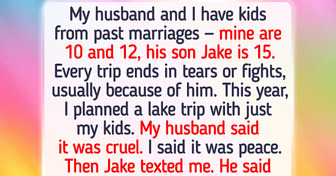
I Refused to Give My Desk to a New Coworker and Now HR Is Involved

12 Moments That Prove Kindness Isn’t Weakness—It’s Power Disguised as Empathy
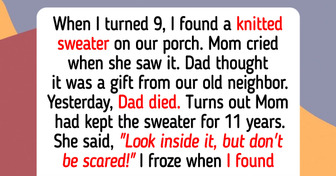
I Refuse to Let My Daughter-in-Law Ban Me From Seeing My Grandkids

I Refused to Pay $100 to Buy My Millionaire Boss a Christmas Gift—I’m Not His Personal ATM

I Refused to Go to an Emergency Meeting Because I Work Remotely—Now HR Stepped In

12 Stories That Show Kindness Is Not Weak—It’s Quiet Power
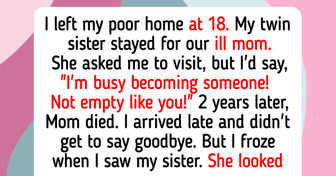
My Boss Cheated Me About My Bonus, but I Had the Last Laugh

15+ People Shared What It’s Really Like When a Surprise Inheritance Lands in Your Lap
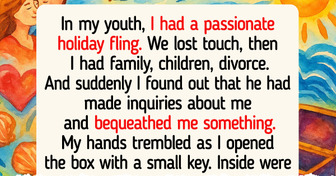
I Won’t Be Humiliated by My MIL, but I Refuse to Let My Wife Be a Stay-at-Home Mom

